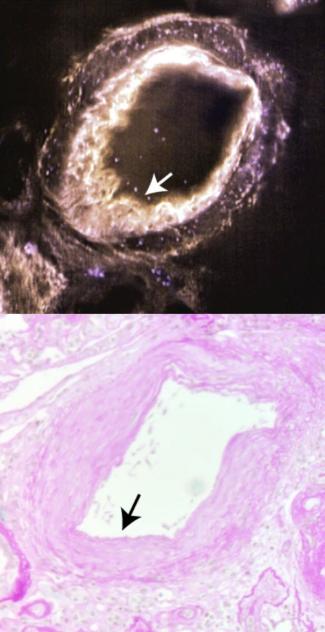2022-04-08 ノースカロライナ州立大学(NCState)
・ノースカロライナ州立大学応用生態学助教授のエリン・マッケニー氏は、「腸内マイクロバイオームとは、動物の消化器官に生息する微生物の生態系であり、このマイクロバイオームが動物の幸福に大きな役割を担っています」と述べています。
・”ヒグマにとって重要な生息地であるアラスカの原生地域は変化しています。”と、この研究の共著者で、アラスカ国立公園局の資源担当副地域ディレクターのグラント・ヒルダーブランド氏は言っています。「腸内細菌は、野生動物集団の健康状態を把握するための新たな診断ツールとなります。また、環境の変化に伴って動物の健康状態がどのように変化するかを予測するのにも役立ちます。今回行った研究は、アラスカの象徴であるヒグマの腸内細菌に関する理解を深めるための基礎となるものです。”
<関連情報>
- https://news.ncsu.edu/2022/04/brown-bear-gut-microbiome/
- https://journals.plos.org/plosone/article?id=10.1371/journal.pone.0266698
雑食動物の腸内細菌叢に及ぼす内的および外的要因の影響 Intrinsic and extrinsic factors influence on an omnivore’s gut microbiome
Sarah M. Trujillo ,Erin A. McKenney,Grant V. Hilderbrand,Lindsey S. Mangipane,Matthew C. Rogers,Kyle Joly,David D. Gustine,Joy A. Erlenbach,Buck A. Mangipane,Diana J. R. Lafferty
PLOS ONE Published: April 8,2022 DOI: 10.1371/journal.pone.0266698
図4. アラスカヒグマの腸内細菌β多様性。
A) Katmai、Lake Clark、GatesのヒグマにおけるGMB群集組成のBray-Curtis Non-Metric Multidimensional Scalingプロット。B)重み付きおよびC)重みなしUniFrac距離の主座標分析プロット。
Abstract
Gut microbiomes (GMBs), complex communities of microorganisms inhabiting the gastrointestinal tracts of their hosts, perform countless micro-ecosystem services such as facilitating energy uptake and modulating immune responses. While scientists increasingly recognize the role GMBs play in host health, the role of GMBs in wildlife ecology and conservation has yet to be realized fully. Here, we use brown bears (Ursus arctos) as an ecological model to (1) characterize GMB community composition associated with location, season, and reproductive condition of a large omnivore; (2) investigate how both extrinsic and intrinsic factors influence GMB community membership and structure; and (3) quantify differences in GMB communities among different locations, seasons, sex, and reproductive conditions. To achieve these aims, we subsampled brown bear fecal samples collected during United States National Park Service research activities at three National Parks and Preserves (Katmai, Lake Clark, and Gates of the Arctic) and extracted microbial DNA for 16S rRNA amplicon sequencing and microbial taxonomic classification. We analyzed GMB communities using alpha and beta diversity indices, subsequently using linear mixed models to examine relationships between alpha diversity and extrinsic and intrinsic factors. Katmai brown bears hosted the greatest alpha diversity, whereas Gates brown bears hosted the least alpha diversity. Our results indicate that location and diet drive GMB variation, with bears hosting less phylogenetic diversity as park distance inland increases. Monitoring brown bear GMBs could enable managers to quickly detect and assess the impact of environmental perturbations on brown bear health. By integrating macro and micro-ecological perspectives we aim to inform local and landscape-level management decisions to promote long-term brown bear conservation and management.


